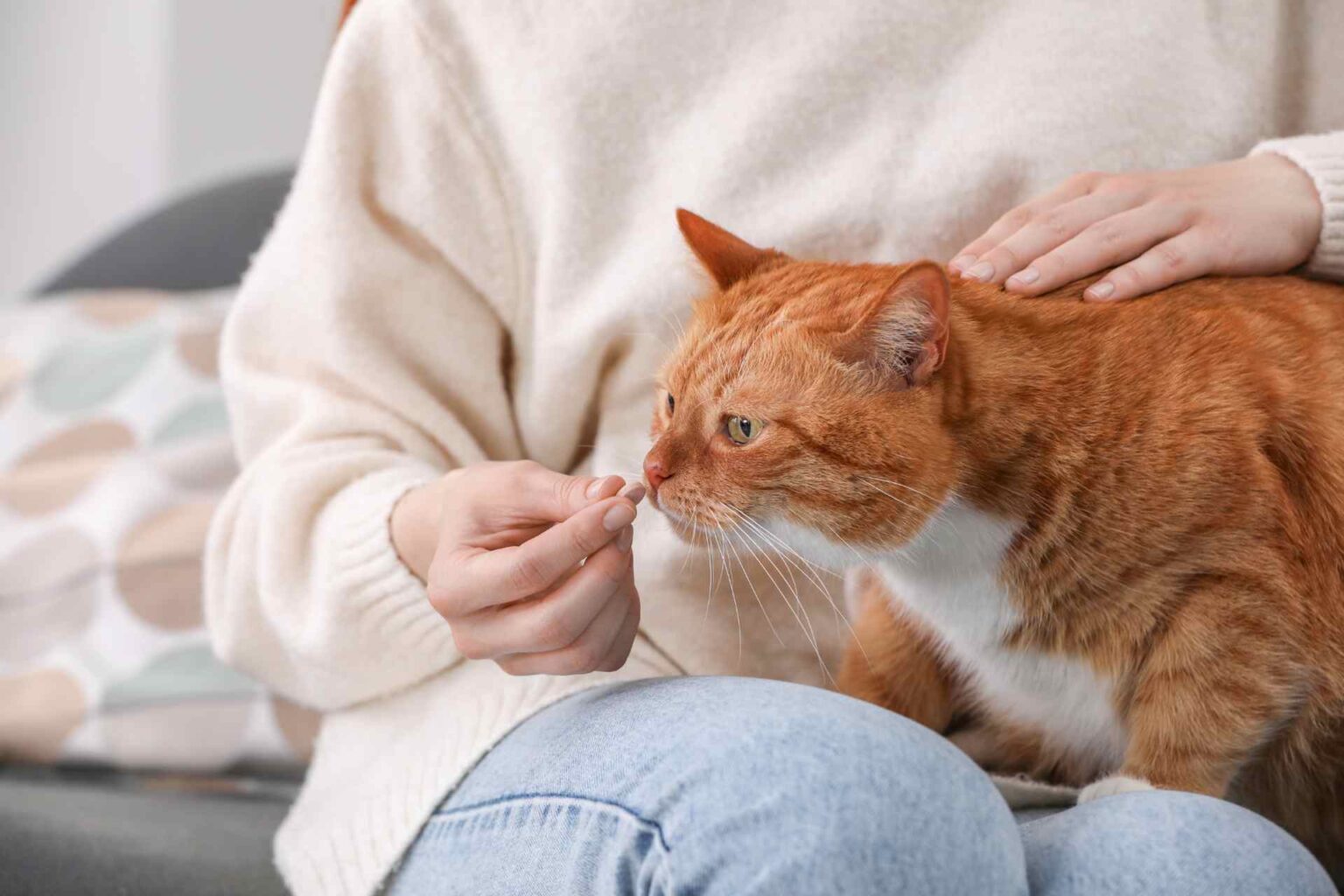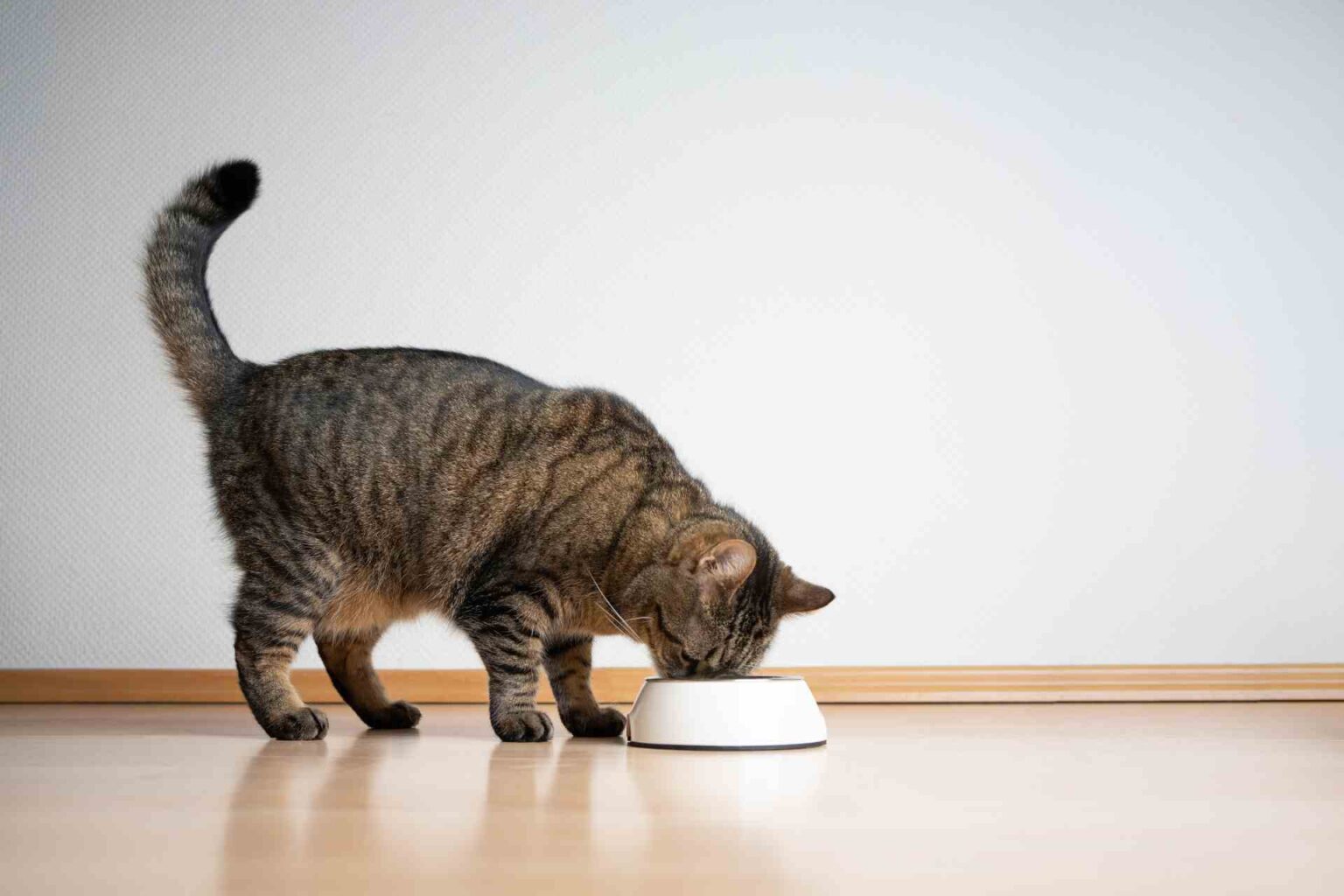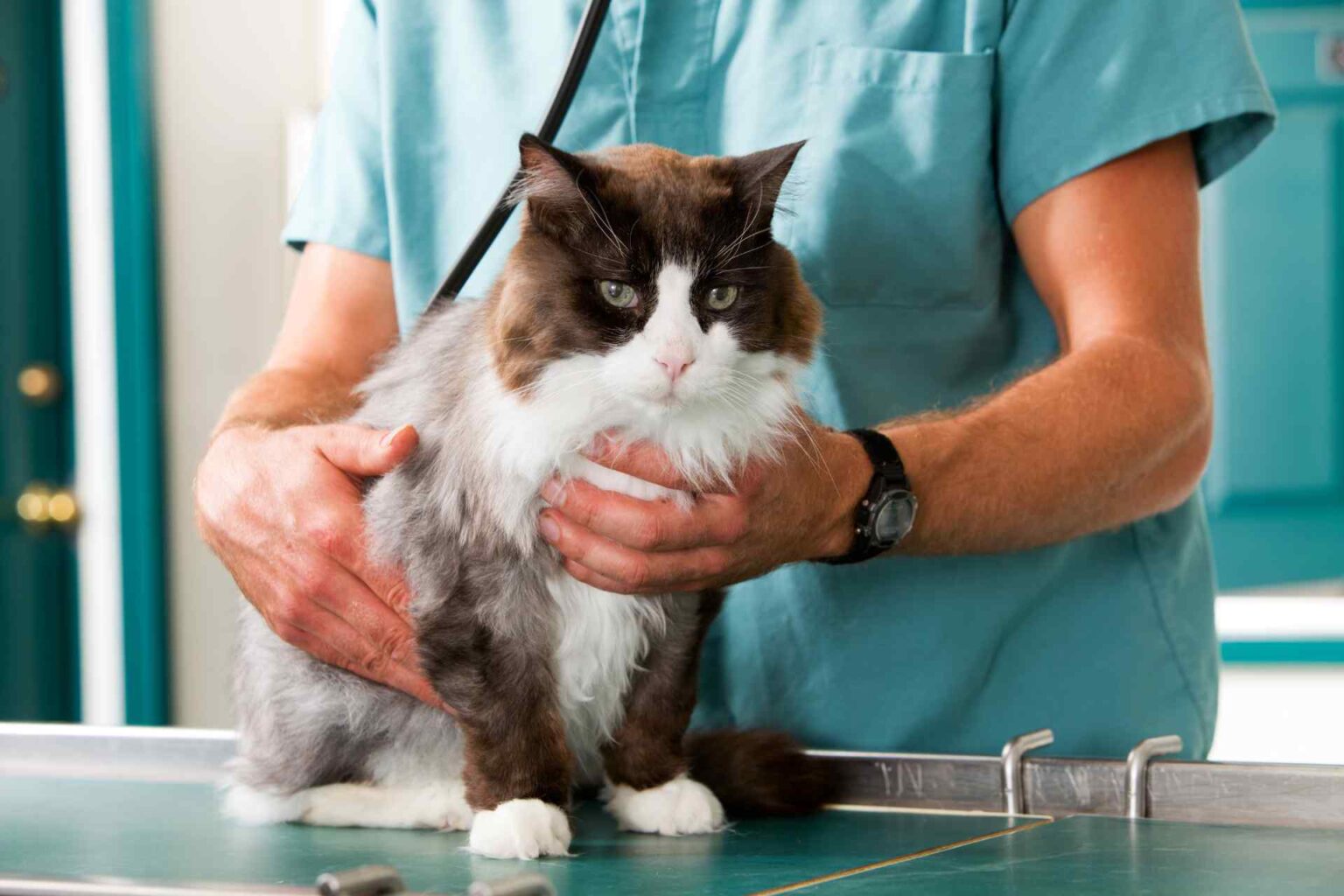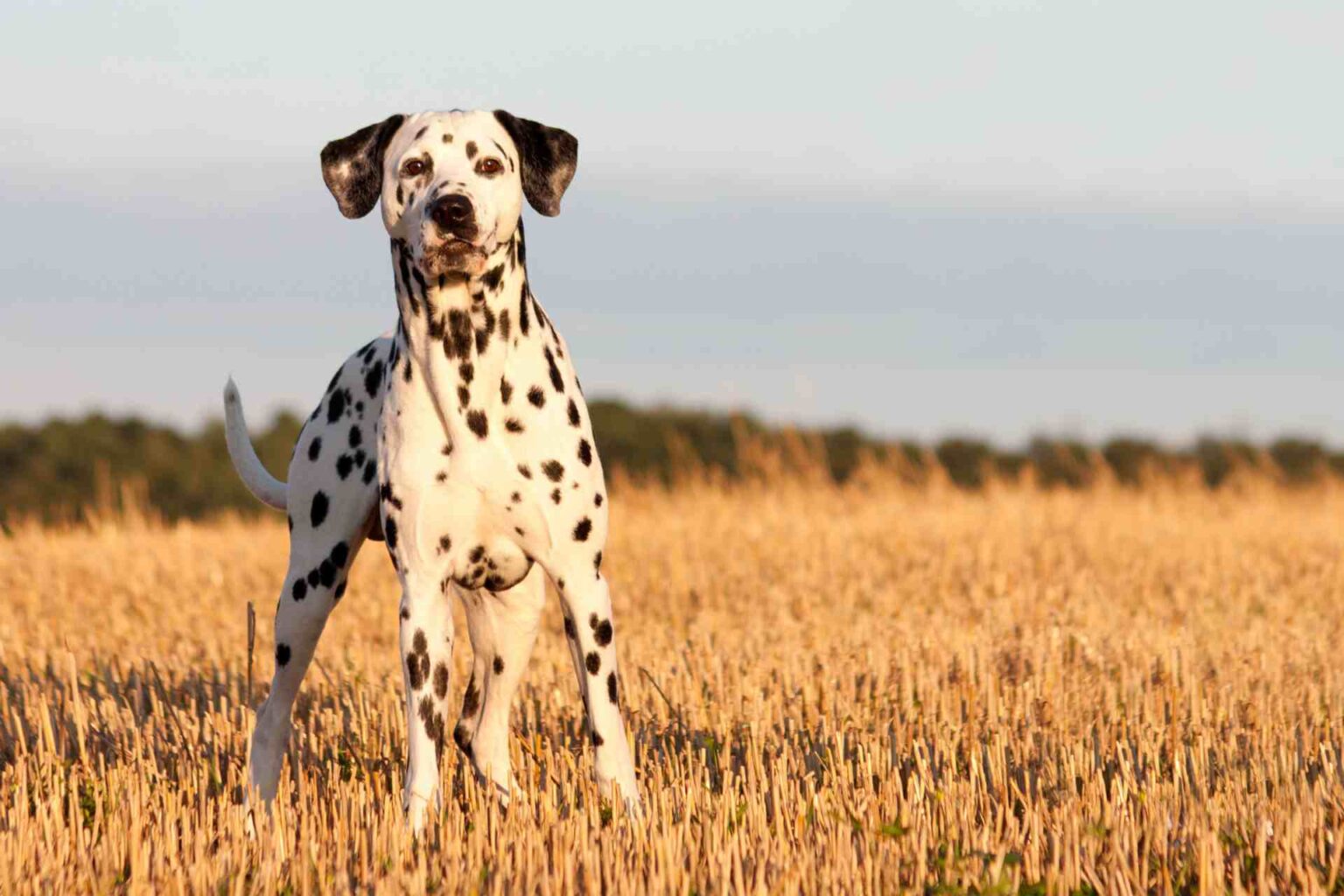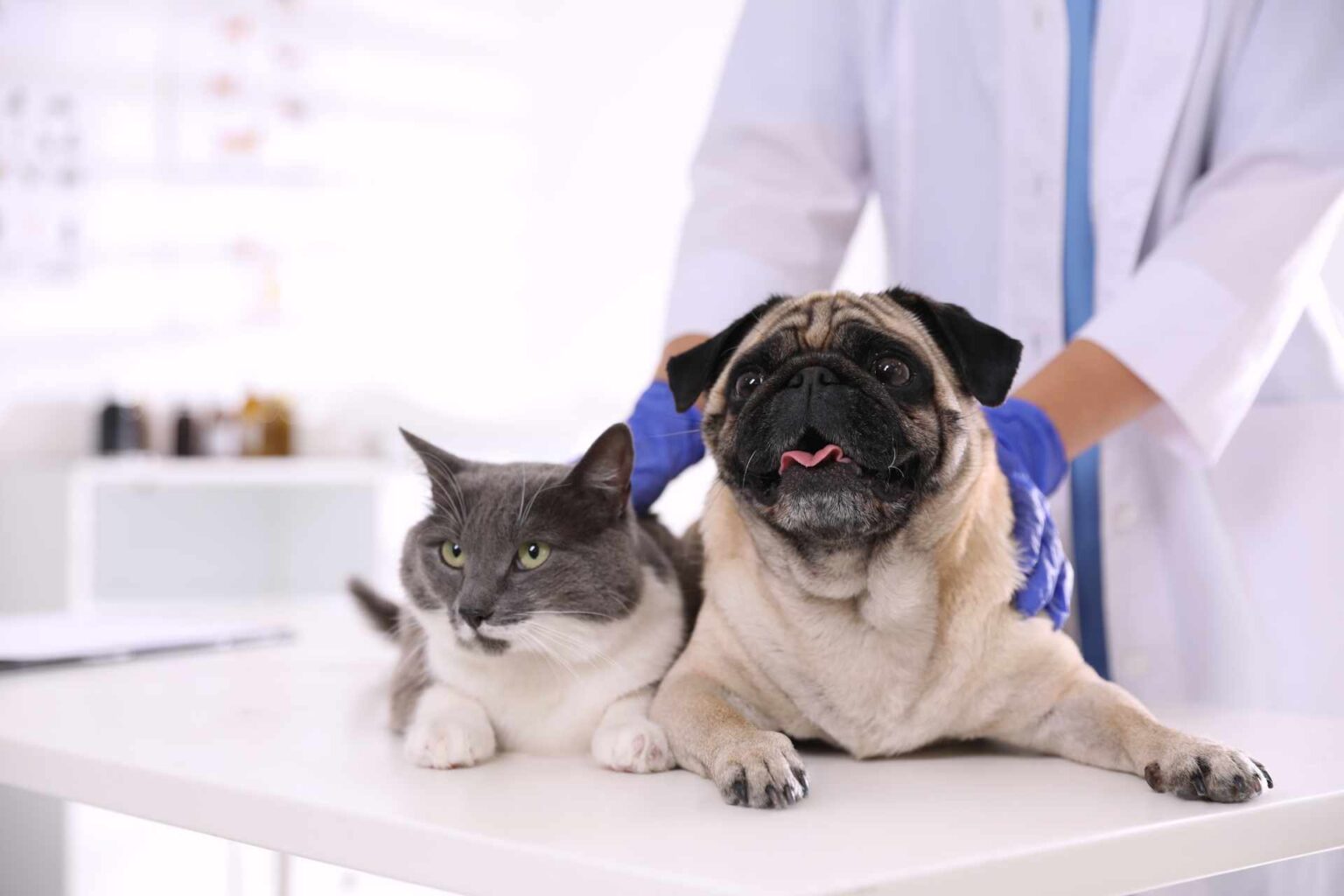A study conducted at Kansas State University and published in the journal Metabolomics shows that both renal failure and calcium oxalate nephrolithiasis are characterized by specific metabolite profiles. This lays the foundation for identifying additional targets for nutritional interventions to make the current approach more effective.
In the domestic cat,calcium oxalate urolithiasis is related to renal failure. In fact, it is believed that the urinary blockage brought about by these stones may promote decreased kidney function due to increased exposure to infection or other associated damage. It is a fact that on urine examination, cats with calcium oxalate stones show increases in symmetrical dimethylarginine (SDMA) and creatinine, with decreases in urine specific gravity. The result isreduced life expectancy.
There have been several studies that have investigated the multiple interferences induced by renal failure at the level of the metabolome, but changes in metabolites related to the presence of calcium oxalate stones have been investigated more infrequently. The goal of a study conducted at Kansas State University and published in Metabolomics-the official Journal of the Metabolomic Society-was precisely to analyze the metabolome consequences of kidney failure and calcium oxalate stones, with the intent of identifying possible targets to support treatment.
Aim, to bring out the differences in the metabolome
The retrospective study involved 42 cats at the end of life – 19 controls with healthy kidneys, 11 with renal failure and 12 with calcium oxalate nephrolithiasis – which were evaluated annually at the end of their life cycle for plasma metabolomics, body composition, and markers of renal dysfunction (the nature of kidney stones was determined based on autopsy examination).
Overall, the study identified 791 metabolites, of which 91 had significant differences between cat groups. Many differences were referable to the more rapid loss of kidney function in the nephron-deficient cats, but the concentrations of some metabolites appeared different between the animals with kidney failure and those with calcium oxalate stones. In cats with insufficiency, the levels of, for example, cystathionine, dodecanedioate, 3-(3-amino-3-carboxypropyl) uridine, or 5-methyl-2′-deoxycytidine were higher, whereas in cats with calcium oxalate nephrolithiasis, the concentrations of, for example, phenylpyruvate, 4-hydroxyphenylpyruvate, or alpha-ketobutyrate were increased.
The basics of improving the current approach
From the University of Kansas study, in essence, it appears thatboth renal failure and calcium oxalate nephrolithiasis are characterized by specific metabolome profiles. And we now know that in the cat with renal failure, the benefits of a low-phosphorus, low-protein diet are known, that cases of initial decline in renal function (SDMA > 14 μg/dl) can benefit from increased intake of omega-3 and antioxidants, while increasing intake of water and foods with moderate concentrations of magnesium, phosphorus, or calcium is useful to counter calcium oxalate stone formation. In the management of renal failure, we also know that it helps to increase dietary intake of fatty acids, which is also valid against the risk of calcium oxalate nephrolithiasis.
In the face of all this, as the study authors point out, understanding the effects of these two conditions at the level of the metabolome may provide the basis for identifying additional targets for nutritional interventions to make the current approach to both renal failure and calcium oxalate stones more effective.
Reference
Jewell DE, Tavener SK, Hollar RL, Panickar KS. Metabolomic changes in cats with renal disease and calcium oxalate uroliths. Metabolomics. 2022;18(8):68. Published 2022 Aug 13. doi:10.1007/s11306-022-01925-4


